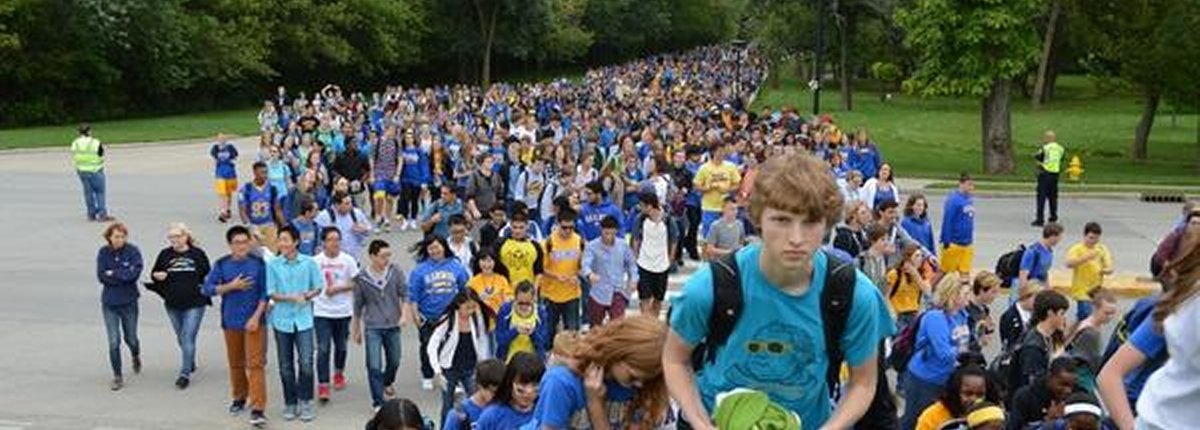What we believe
(foundation for quality physical education)

The goal of physical education is to develop physically literate individuals who have the knowledge, skills and confidence to enjoy a lifetime of healthful physical activity.
The benefits of regular physical activity include:
- Assists in improved academic performance.
- Improves overall quality of life.
- Helps children prepare to be productive, healthy members of society.
- Reduces the risk for overweight, diabetes and other chronic diseases.
- Reduces the risk for depression and the effects of stress.
- Helps children feel better.
The availability of modern conveniences means today's students do not have to be active to survive, so they must be taught to be active to thrive. Fitness education helps children understand, improve and/or maintain their physical well-being.
Using school time for physical education and physical activity does not reduce academic achievement. On the contrary, research shows that active children perform better in language arts and mathematics test scores.
Physical education should not be compared to or confused with other physical activity experiences such as recess, intramurals, competitive sports, or recreational endeavors. Understanding the difference between physical education and physical activity is critical to understanding why both contribute to the development of healthy, active children.
Quality physical education programs provide learning opportunities, appropriate instruction, meaningful and challenging content for all students regardless of skill or fitness level, gender, race or ethnic group to establish and sustain an active lifestyle.
Physical education may improve emerging social/emotional development and cooperative skills of every child.
Every child should avoid prolonged periods of inactivity.
Every child should be active 60 minutes or more every day. Every child should have the opportunity to be active at school at least 225 minutes per week for the entire school year. Every grade level, especially grades 3 and beyond.
Effective physical educators assess student knowledge, motor and social skills, and provide instruction in a safe, supportive environment. Teacher/student ratio in physical education should be no greater than local standards for all subjects.
Stakeholders (teachers, parents, administrators, school boards, and community members) should periodically evaluate physical education program effectiveness.
Credit flexibility options (alternatives) should meet the same physical education standards and expectations.